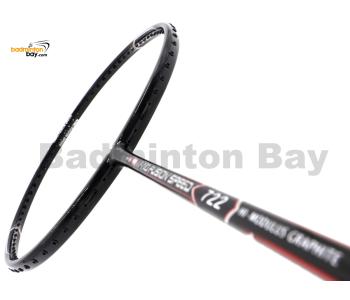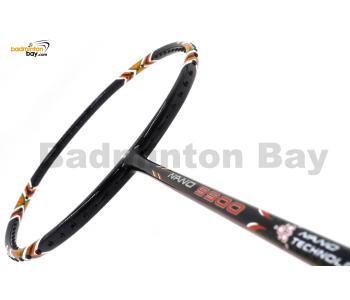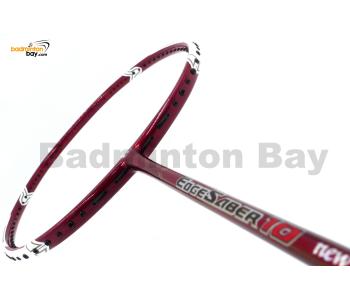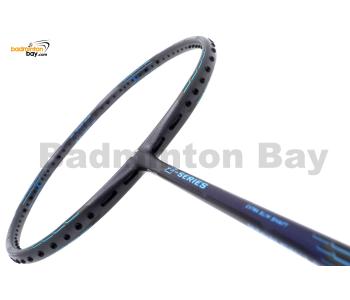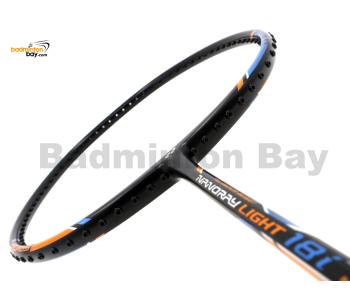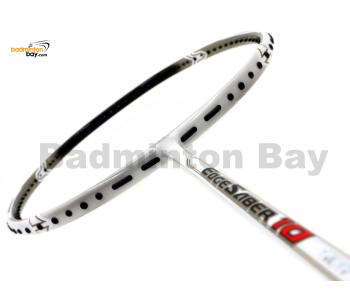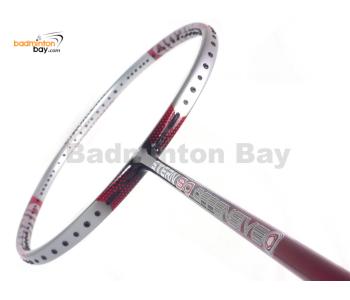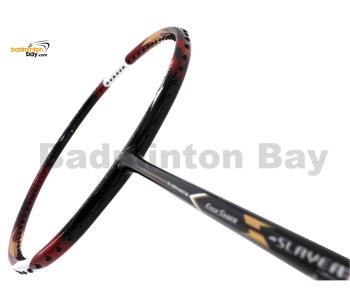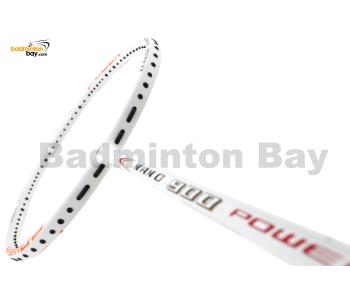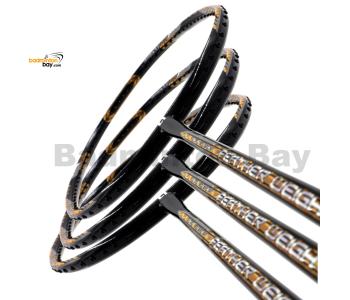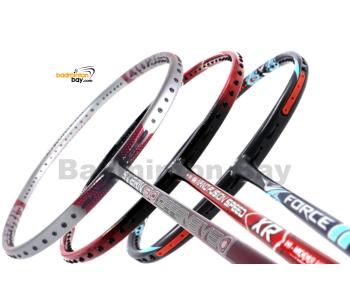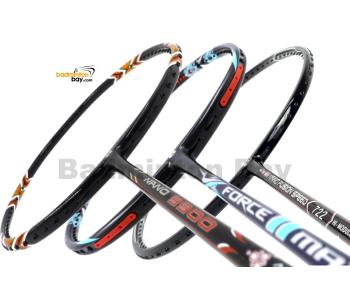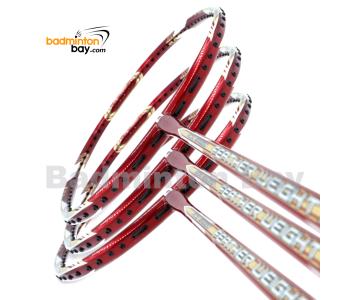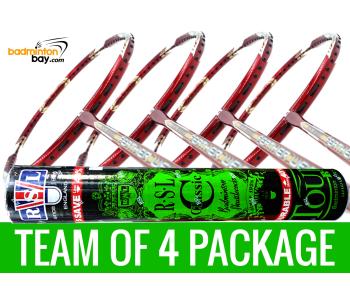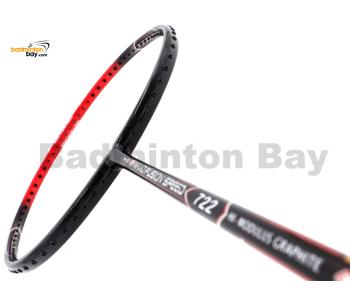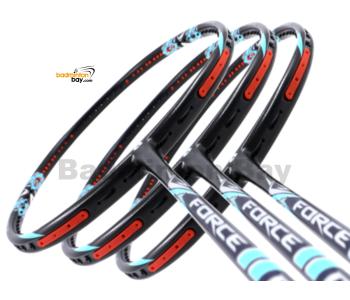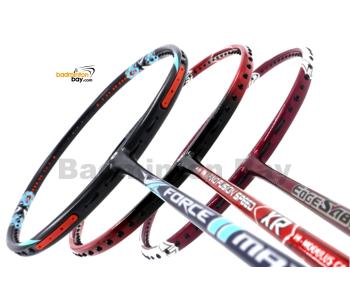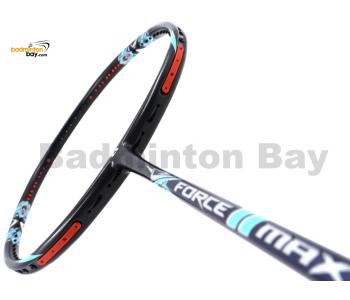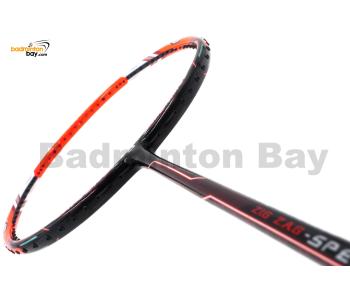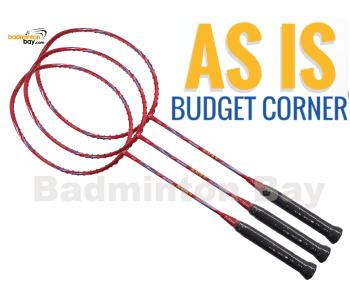
Choose the shuttlecock with the speed number appropriate to the temperature, as the difference in temperature affects the flying distance of the shuttlecock.
We should consider the temperature where we will be playing to match the right speed when buying shuttlecock.
International speed metric
1 / 75 - slow, for use in highland
2 / 76 - medium slow, for use in hotter area
3 / 77 - medium, most sea level area
4 / 78 - medium fast, cold area
5 / 79 - fast, cold area, below sea level
One of the element that greatly affect the flight speed of a shuttlecock is air density. Air density is simply the total amount of air in a specific area or space.
Higher air density will cause more air resistance for shuttlecock thus slowing it down. So, it is better to use a faster shuttle speed in this situation.
High altitude area have lower air density compare to a location near sea level. Shuttlecock will have less air resistance when playing at this area, allowing it to fly faster and choosing a slower speed to counter the effect is ideal.
How about temperature? Temperature have 2 effects - the air density and expansion of cork. Hot air temperature will cause the air density to be lower which reduces the air resistance for the shuttle.
At the same time, the heat will expands the head of the shuttle in volume which is made from cork. When this happen, it is moving the tip of the feather slightly inward, which reduces the drag of the shuttle. Selecting a slower shuttlecock speed in hot condition is best.
On the reverse side, when the temperature is decreasing, the air density will be higher, which increases air resistance and the cork will contract causing the tip of the feather to move outward slightly increasing the drag, and slowing down the shuttle. Thus, selecting a faster speed shuttle in cold area is best.
*For more info on shuttlecock click here.

